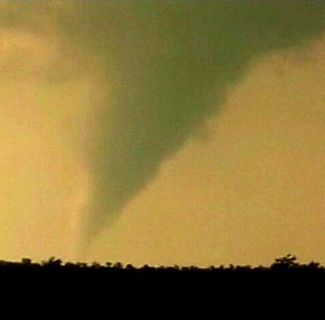The catastrophic event that unfolded on Mother’s Day, 2008, left an indelible mark on the hearts of many as devastating tornadoes swept through parts of Missouri, Oklahoma, and Georgia. The ferocity of these storms was a grim reminder of nature’s unpredictability, culminating in a tragic toll of 21 lives lost. As communities grappled with the aftermath, the need for clarity and understanding became paramount.
The series of tornadoes that struck on May 11 were not merely isolated incidents; they were part of a broader system of severe weather conditions that plagued the region. Meteorologists had been monitoring atmospheric patterns that signified potential for violent storms. Despite warnings, the rapid intensification of the tornadoes caught many residents off guard, leading to an unforeseen disaster.
The devastation was widespread, with entire neighborhoods reduced to rubble. Rescue and recovery efforts began almost immediately, as emergency services mobilized to search for survivors amidst the wreckage. Volunteers from across the nation flocked to the affected areas, embodying the spirit of community in crisis. However, the efforts were hindered by the ongoing threat of severe weather, complicating an already daunting task.
In the immediate wake of the tornadoes, local and federal government responses were swiftly enacted. Emergency declarations enabled the release of resources necessary for disaster relief. The Federal Emergency Management Agency (FEMA) sprang into action, providing critical aid, including temporary shelter and financial assistance to those affected. Yet, the bureaucratic process often left victims disillusioned, highlighting a systemic struggle in the face of overwhelming devastation.
The emotional toll on families and communities was profound. Mourning the loss of loved ones became an all-too-common thread, as narratives of survival and tragedy emerged. Stories of heroism surfaced, with individuals recounting their harrowing escapes from destruction. The psychological impact of such a disaster necessitated long-term support, with mental health resources becoming a crucial avenue for healing.
Additionally, the economical repercussions were severe. Businesses suffered extensive damages, and many residents faced a bleak future of uncertainty. Local economies grappled with the fallout, accentuating the importance of resilient infrastructure and planning for future calamities. The significance of preparedness and community planning became focal points in discussions surrounding disaster management.
As the dust settled and communities began to rebuild, the Mother’s Day tornadoes served as a somber lesson. They underscored the imperative for robust disaster response strategies, fostering awareness and resilience for an uncertain future. Each story shared, every life remembered, contributed to a narrative of survival and rebirth in the face of adversity.
